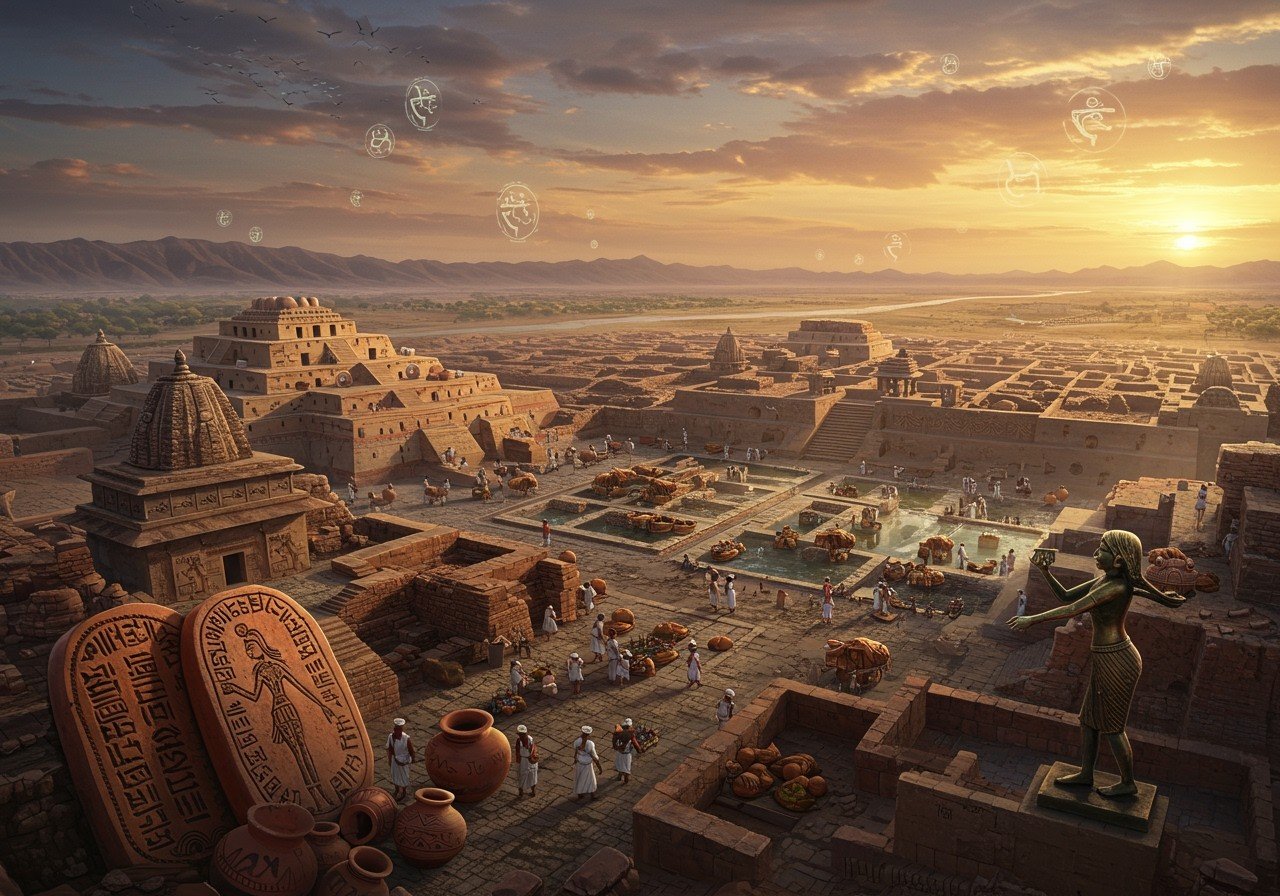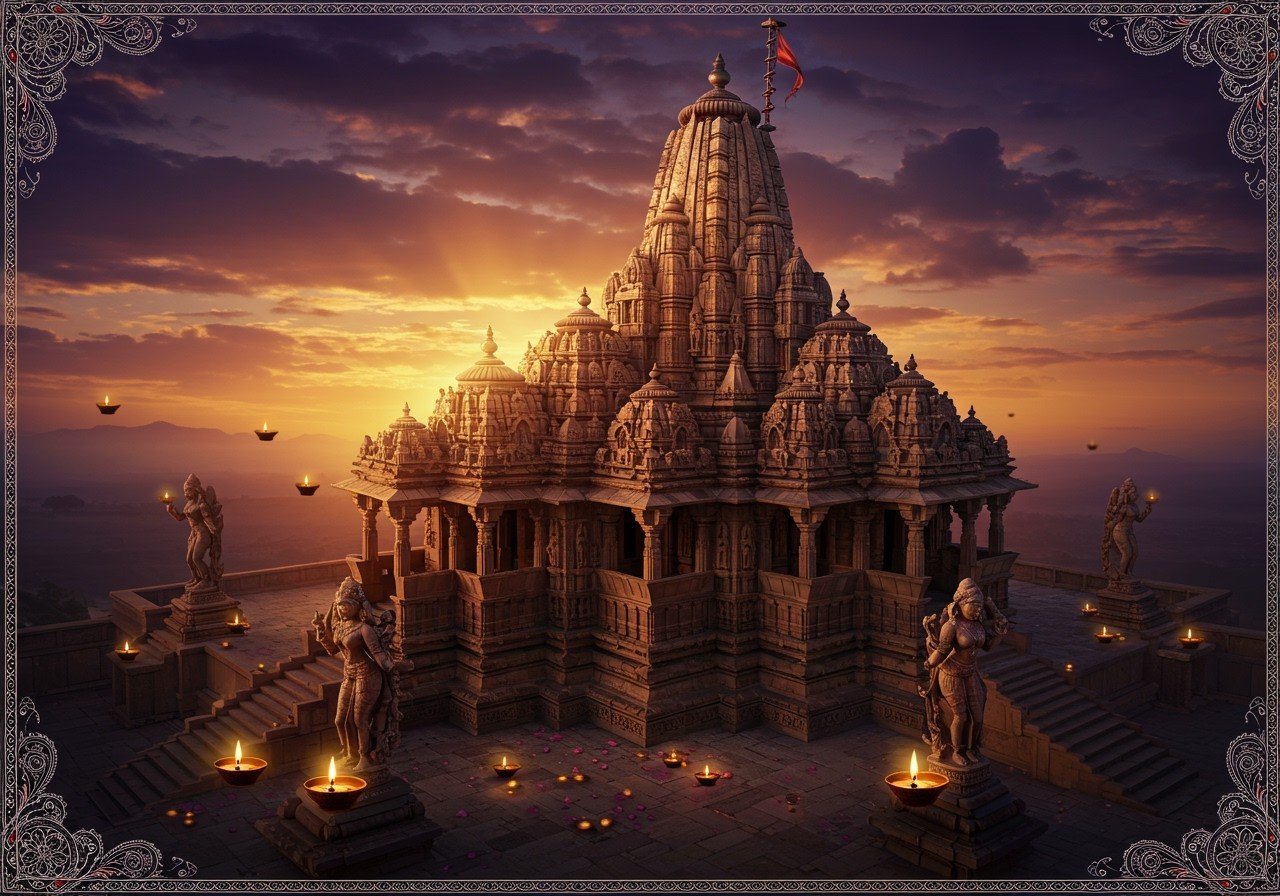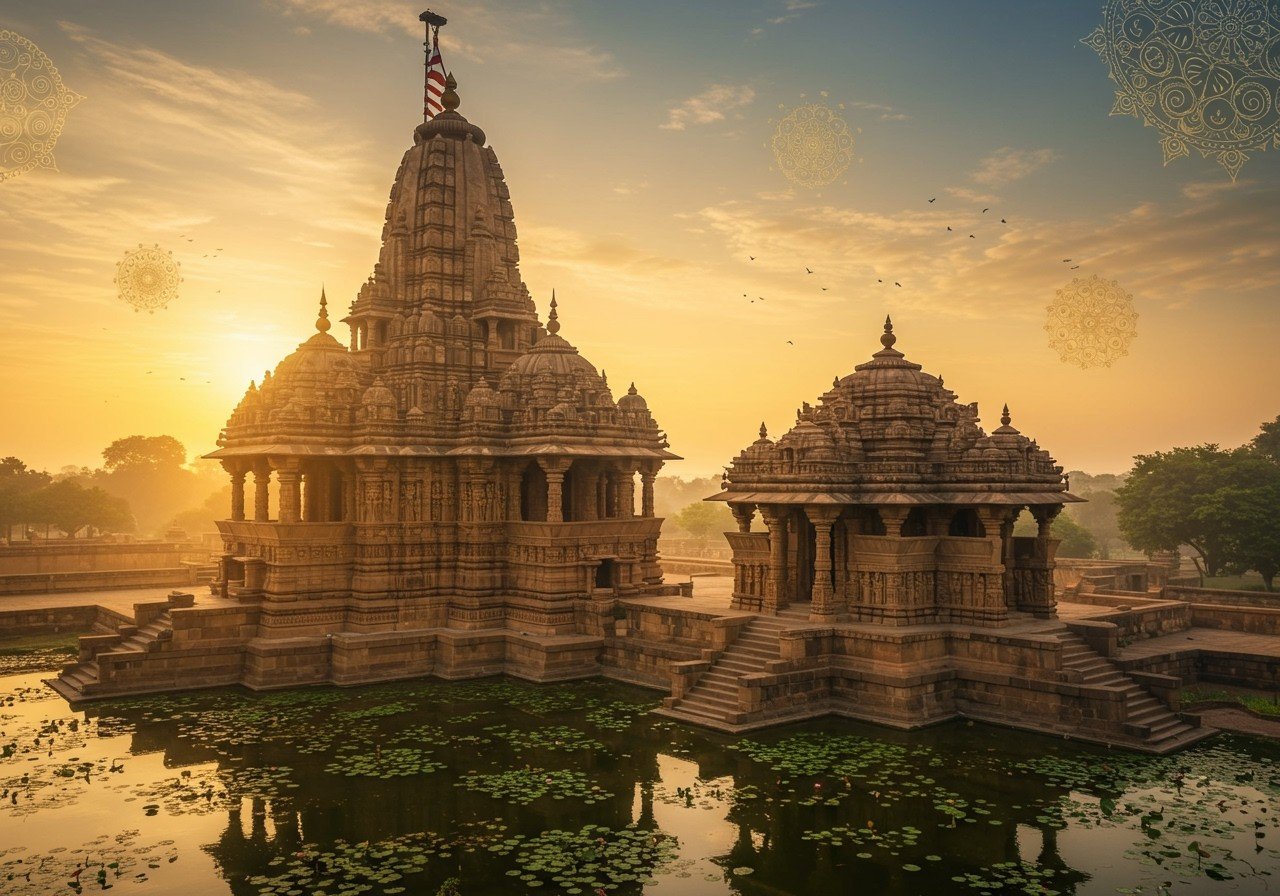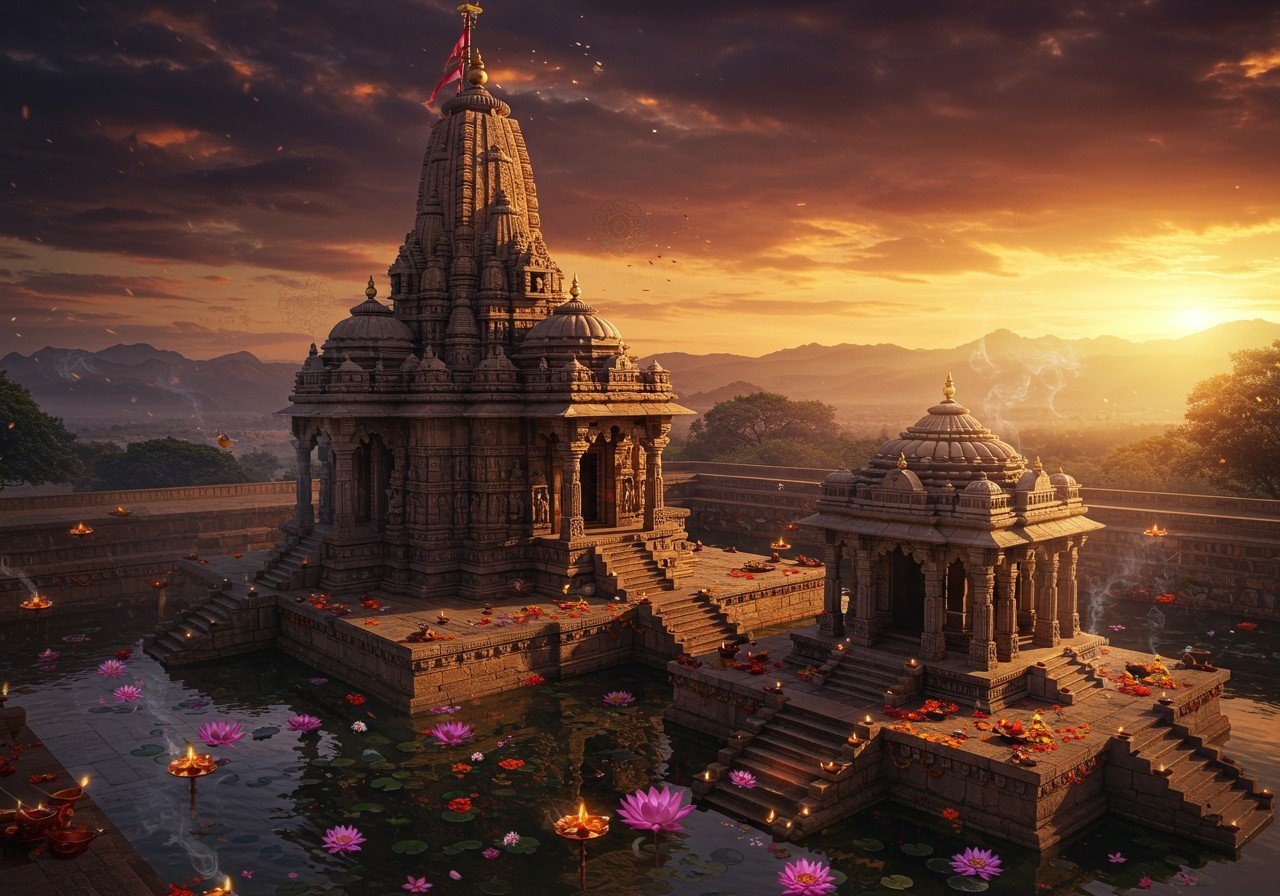
The Indus Valley Civilization, one of the world’s earliest urban cultures, flourished in the northwestern regions of South Asia, primarily in present-day Pakistan and northwest India. Known for its advanced city planning, architecture, and social organization, this civilization thrived from around 3300 BCE to 1300 BCE. This article delves into the rise and fall of the Indus Valley Civilization, exploring its origins, peak, and eventual decline.
Origins and Rise
The origins of the Indus Valley Civilization can be traced to early Neolithic communities that settled along the Indus River. These communities transitioned from a nomadic lifestyle to settled agricultural practices. The Indus River and its tributaries provided fertile soil and water resources, crucial for agriculture and settlement.
The early Harappan phase (3300-2600 BCE) was marked by the establishment of farming villages and small towns. People developed tools, pottery, and trade networks with neighboring regions. Urban planning became significant, with cities like Harappa and Mohenjo-Daro showcasing advanced drainage systems, grid layouts, and standardized bricks.

Trade and commerce grew, allowing the exchange of goods such as cotton, grains, and crafts. Cultural aspects involved religious practices, art, and an undeciphered script used for administrative and ceremonial purposes. There is also evidence of centralized authority and governance, inferred from uniform city planning and standard weights and measures.
Peak of the Civilization
The Mature Harappan phase (2600-1900 BCE) represents the peak of the Indus Valley Civilization, characterized by remarkable urbanization and cultural achievements. Major urban centers like Harappa, Mohenjo-Daro, Dholavira, and Lothal showcased architectural marvels such as the Great Bath, granaries, and dockyards.

Sophisticated water management systems included wells, reservoirs, and advanced drainage networks, ensuring public hygiene and water supply. Trade networks flourished both inland and maritime, connecting the Indus Valley with Mesopotamia, Central Asia, and the Persian Gulf. Artisans produced high-quality crafts like beads, pottery, and metalwork. The social organization suggested a class-based society with differential access to resources. Religious practices included worshipping deities, using seals and amulets, and practicing burial rites. Scientific knowledge was evident in standardized weights and measures and the use of geometry in city planning.
Decline of the Civilization
Several theories have been proposed to explain the decline of the Indus Valley Civilization around 1900 BCE. Climatic changes played a significant role. The onset of drought and shifting monsoon patterns, evidenced by studies of monsoon cycles, stalagmites, and sediment cores, could have led to agricultural decline and food shortages, possibly prompting migration.

River course changes, particularly the drying up of the Ghaggar-Hakra River system, disrupted water supply and agricultural activities. Socio-political factors may have included internal strife, the breakdown of trade networks, and the decline of centralized authority. Archaeological evidence shows gradual abandonment of cities, with signs of deurbanization and a shift towards rural settlements. Some scholars suggest external factors such as invasions by nomadic tribes around 1800 BCE contributed to the decline, though this theory remains debated. Craftsmanship and trade saw a decline, leading to economic stagnation and reduced cultural exchange. The exact reasons for the civilization’s decline remain uncertain, suggesting a combination of environmental, social, and economic factors.
Conclusion
The Indus Valley Civilization, with its rich history and remarkable achievements, stands as a testament to the ingenuity and resilience of ancient societies. From its origins along the fertile banks of the Indus River to its peak of urban sophistication and cultural richness, this civilization left an indelible mark on history. Despite its mysterious decline, the legacy of the Indus Valley Civilization lives on through its contributions to city planning, architecture, and social organization.
Understanding this ancient civilization not only provides insights into our past but also reminds us of the importance of sustainable practices and resilience in the face of challenges. As we reflect on the rise and fall of the Indus Valley Civilization, we honor its contributions and continue to learn from its enduring legacy. Poojn.in offers a wide selection of products related to Indian culture and spirituality. You can explore our collection of prayer beads, spiritual statues, and other items to connect with your heritage.
FAQs on Indus Valley Civilization
How did the Indus Valley Civilization begin? The Indus Valley Civilization emerged around 3300 BCE, starting with small agricultural settlements along the Indus River, which gradually developed into sophisticated urban centers.
What distinguished the Indus Valley Civilization? The civilization was notable for its advanced urban planning, intricate drainage systems, impressive public architecture, standardized weights and measures, and active trade networks.
What led to the decline of the Indus Valley Civilization? The precise cause of the decline remains uncertain, but contributing factors likely included shifts in river patterns impacting agriculture and trade, potential invasions, and natural disasters.
What is the historical importance of the Indus Valley Civilization? The Indus Valley Civilization holds significance as one of the world’s earliest urban cultures, leaving a lasting impact on urban planning, architecture, and social structures.


